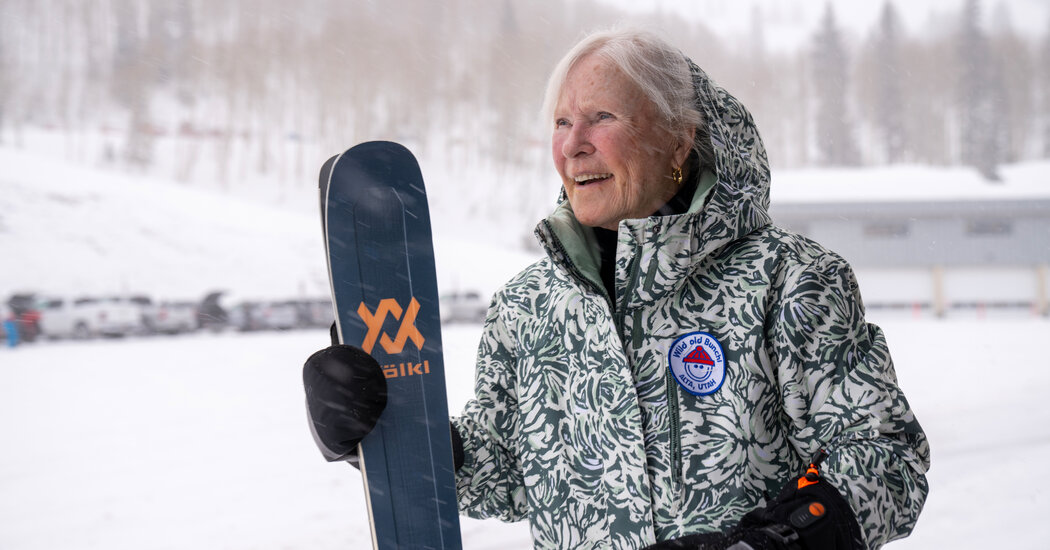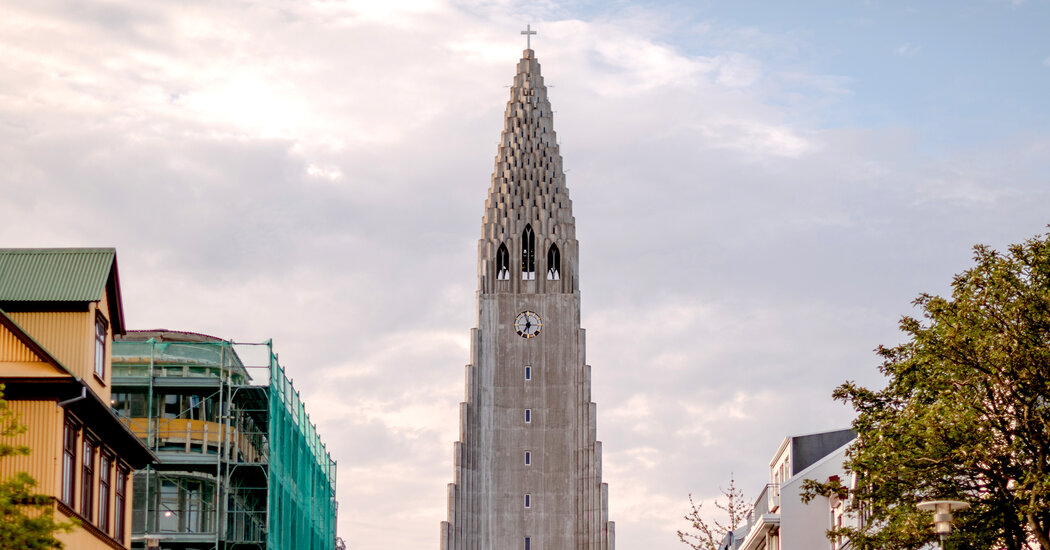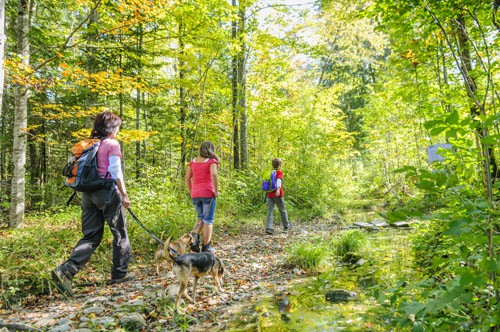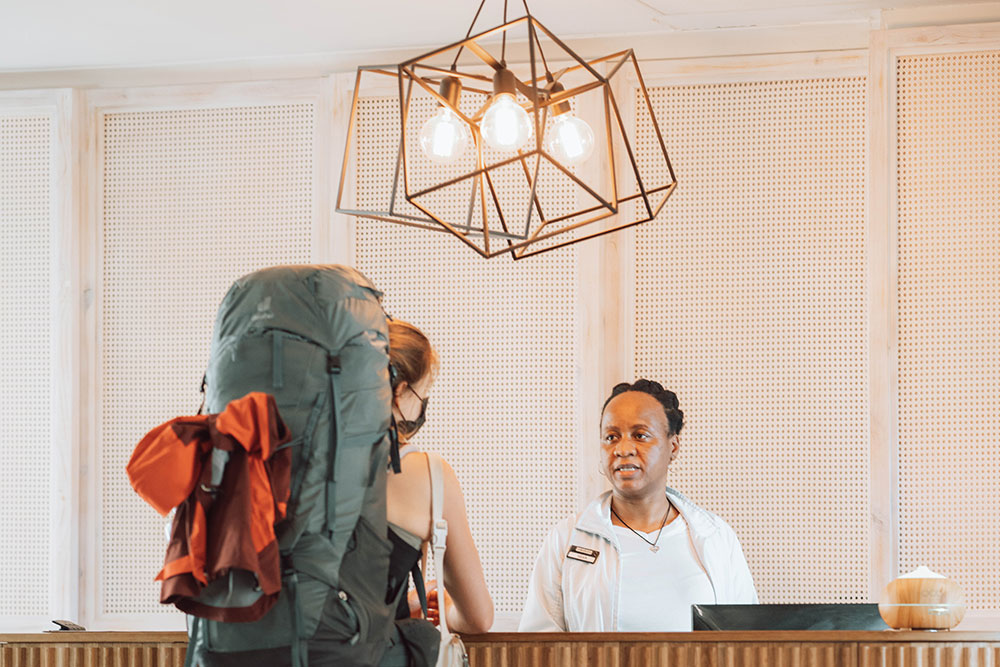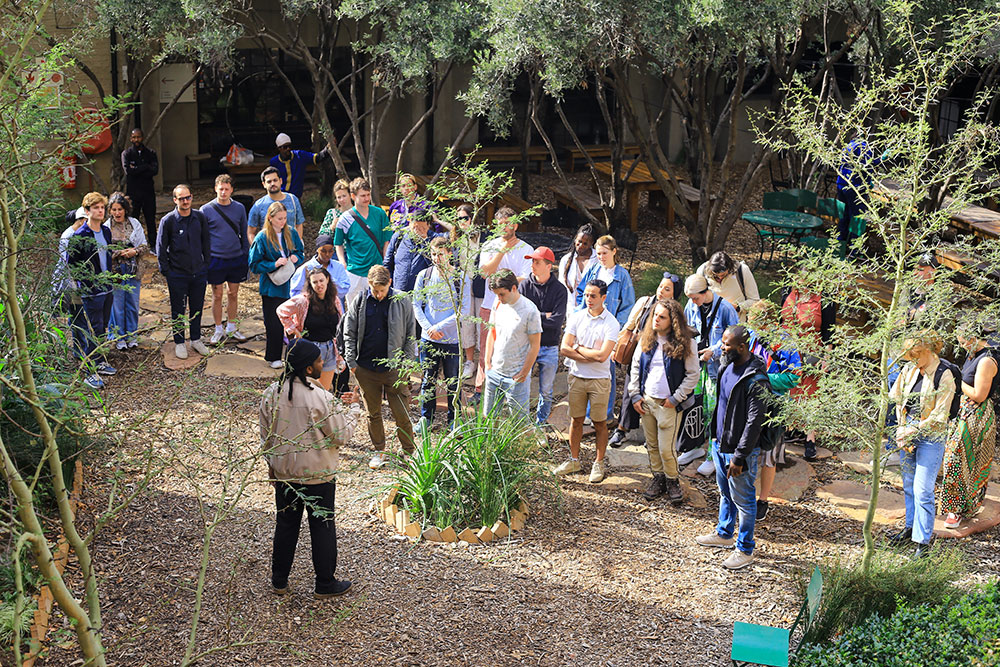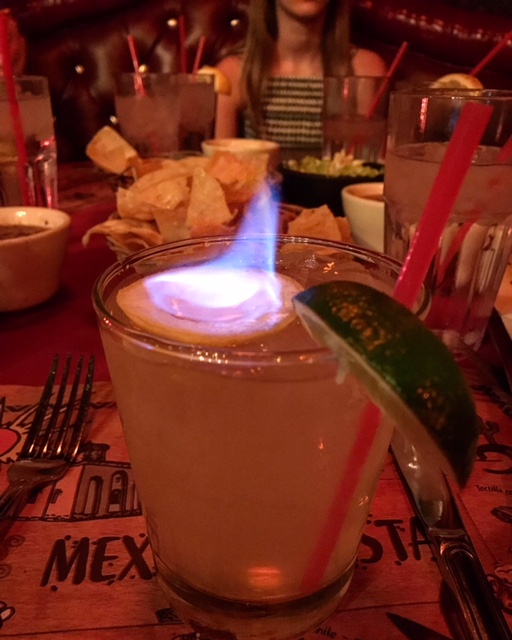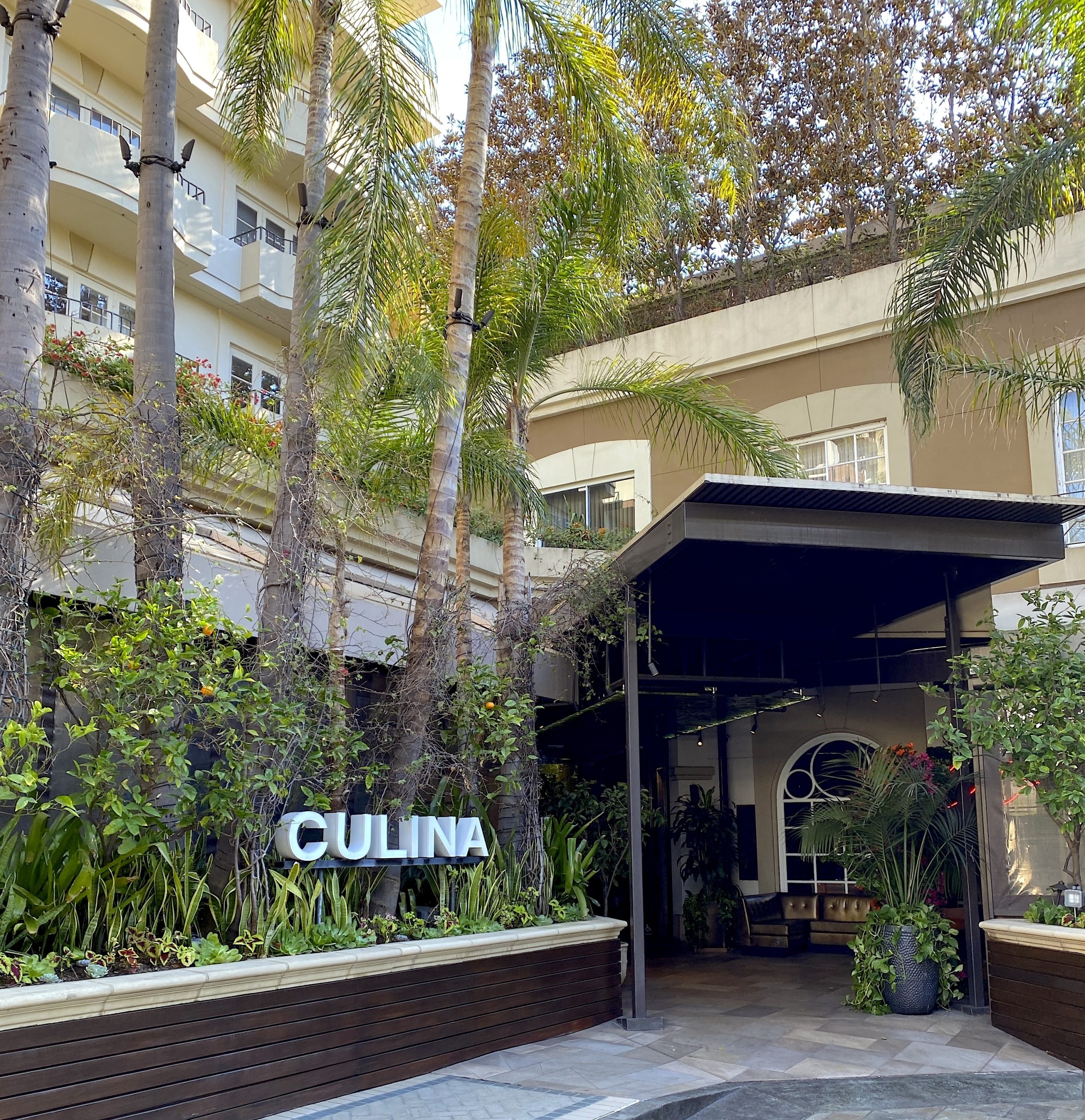These Senior Skiers Are Still Chasing Powder in Their 80s and 90s
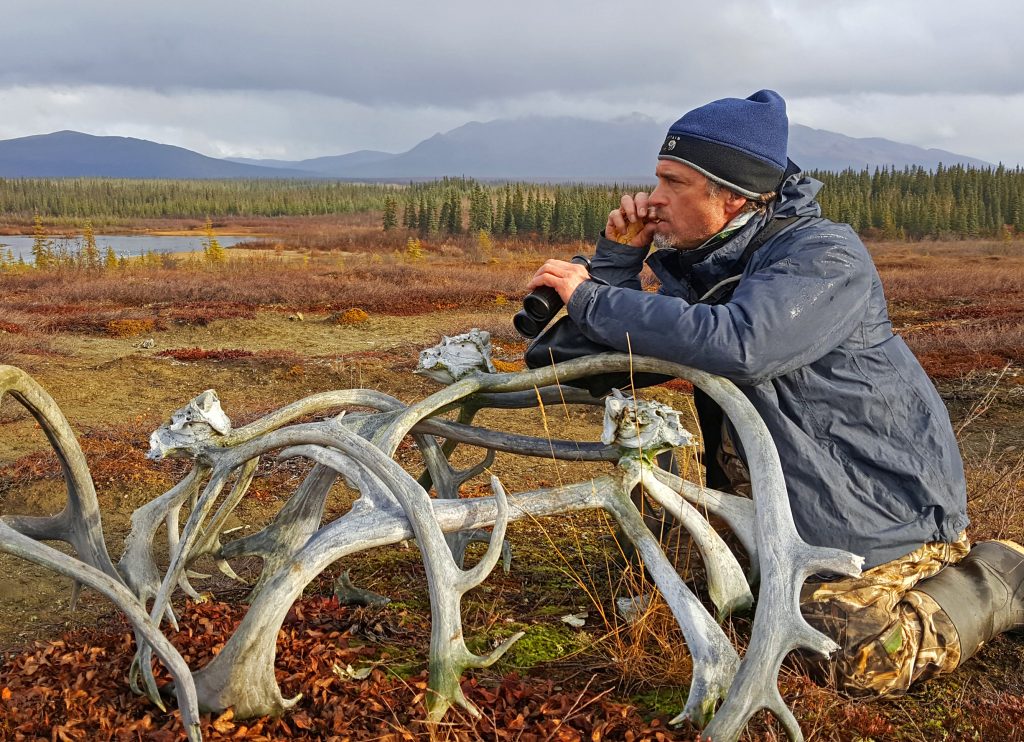
An Arctic Miracle on Hold
Seth Kantner and I sat, leaning into our binoculars. The sandy knoll commanded a huge sweep of autumn-bright country—rolling tundra banded with willow and spruce, framed by the ragged, snow-dusted heave of the western Brooks Range. Working near to far, we scanned each crease and hummock, studied clumps of brush and jumbles of rock, searching the blue-tinted distance for shimmers of movement, anything that stood out or reflected light a bit differently.
This place was far more than a fine view in a landscape defined by countless others. Half a lifetime had passed since I’d first looked out from this crest, and I’d returned more times than I could count. Seth’s attachment lay deeper still. He’d been born just a few miles to the east and knew this place from childhood. Each of us, together and alone, and in varying company, had spent time here across dozens of autumns, watching and waiting, staring north into the wind.
We were drawn by the furrowed maze of trails winding across the tundra. Marked by a scattering of bleached antlers and bones, it bore testament to the living river of caribou that seasonally flowed past this spot, funneled by mountain passes and local terrain. Thousands of animals might pass in a single day—skeins of sleek cows and calves, gangly adolescents, and white-maned, huge-antlered bulls, grunting and snorting, leg tendons clicking, one of the great migrations on the planet. I’d witnessed such spectacles on this very spot. But this past year was eerily different.
“Wow,” murmured Seth, lowering his binoculars and rubbing his eyes.
“Absolutely nothing.”
We’d spent most of the past two mid-September days, and chunks of the previous week, and the one before that, scanning from here and other vantage points overlooking giant swaths of prime country, at what should have been the peak of the Western Arctic Herd’s annual fall migration. Over the past century and more, the nexus of that movement from their calving grounds inland from Point Lay to their wintering grounds south of the Brooks Range had been through the upper and central Kobuk valleys. We sat near its historic epicenter.
Seth and I were hardly the first to wait here. For millennia, Kobuk River Inupiat and their forebears centered their lives around this stretch of country. Digs at Onion Portage by archeologist Louis Giddings and others confirm the presence of hunters meeting caribou in this area for 10,000 years.
For all that juju, so far we’d come up empty, and so had Inupiaq villagers up and down the Kobuk. For most of the region’s residents, caribou—especially prime fall bulls, heavy with fat—have long been prized by local subsistence hunters, an entire menu of delicacies provided by each animal. Some families consume more than 20 a year. Traditional Inupiat of times past utilized every scrap of the animal—not only meat, fat, and organs, but hides for head-to-foot clothing; bones for tools; sinew for sewing thread; pieces of antler for sled runners. Though modern technology and store-bought foodstuffs had augmented or outright supplanted some of those necessities, one would be hard-pressed to find a longtime resident of the region who didn’t count caribou as a favored dietary mainstay—Seth and me included.
But they’d be coming, right? People in Ambler tried to mask their worry. After all, the migration is predictable only in a broad sense; though its timing may vary year to year, its arrival is inevitable, like a season. And rather than a solid north-south procession, it’s a general, often sporadic movement, ranging from single animals to small bands upward to hundreds in a group, and only rarely in the colossal aggregations that are common on the calving grounds and summer range.
But what if a season never arrived? For all the looking we’d done, at the best time and in some of the best places, we should have at least spotted a few distant groups, or signs of animals that had passed unseen: freshly trampled ground, droppings and hair, small spruces newly thrashed by bulls readying for the rut. We expected the country to echo with cries of the ravens and wolves that shadow the herds, to note the increased movement of other lives that feast on the brief tidal abundance, from weasels to grizzlies. Instead, the land stretched away in a huge, empty ache.

So, where the hell were all the caribou? In Alaska, biologists have identified 32 distinct herds, each defined by its allegiance to a distinct calving area. The Western Arctic Herd that roams our region
was once by far the state’s largest, topping out in the early 2000s at an astounding 490,000-plus animals. The WAH is also among the most carefully studied. Over the past several decades, a team of Alaskan and federal biologists have annually fitted dozens of animals crossing the Kobuk with radio and satellite tracking collars. The signals from these devices are used to follow the herd’s general movements and to locate masses of uncollared caribou in the same areas. Thus, the scientists have a fairly accurate idea of where at least the bulk of the herd might be at any given moment.
The collaring program helps keep tabs on not only where, but how many. Every two years, when favorable conditions coincide on the calving grounds, biologists make coordinated sweeps with multiple small aircraft outfitted with special mapping cameras; and the caribou in the piles of images are later counted individually. Through this unique marriage of high and low tech, a reasonable census of the herd is reached, as well as its general location; and that information is available to the public.
So it was that Seth, I, and many others seeking caribou this past September knew that most of the collars were still not only north of the Kobuk River, but the Noatak as well. Already a month behind schedule, the fall migration of the WAH had yet to begin—this lateness an alarming, years-long trend that, along with an overall herd decline of more than 50 percent over the past two decades, holds its own story.
Why, then, not wait to hunt—instead of traveling distant wilderness in small boats, with gas over 10 bucks a gallon? Well, the vast majority of caribou—almost all of them—aren’t collared; and with a herd so large, still around 190,000, there’s always a solid chance of encountering early travelers in the main migration corridors. Besides, whether caribou are late or not, their biological clocks continue to tick, and their journey continues. As the rut approaches, October into November, the herd bulls become hormone-loaded, and their meat takes on a decidedly rank odor and flavor. The arctic winter doesn’t wait, either. Travel by skiff, necessary in a land without roads, becomes tough to impossible once the ice starts forming; and from late September onward, that could come anytime. It’s a now or never sort of deal.
September faded with the leaves, and one morning the thermometer read nine degrees. Slush ice whispered downstream. Time for me to pull my skiff, pack up the house, and head south on my own autumn migration. Except for a brief sighting of a wayward cow and calf on that last trip with Seth, I’d gone a lonely season without the creatures that most define this landscape.
I boarded the mail plane bound for Kotzebue, figuring that was that; but as the Cessna lifted off, I thought I glimpsed a dozen white-maned shapes just off the end of the runway. Could it be…nah. But then we banked over a mob of big bulls, then another, and more beyond—thousands beyond counting. The country was suddenly alive again, a miracle seemingly materialized out of the land itself.
Nick Jans has written over 500 magazine pieces and 13 books. His latest award-winning collection, The Giant’s Hand, is available at nickjans.com.
Publisher: Source link
Latest Posts
-
31 July 2025
-
26 July 2025
-
14 July 2025
-
01 July 2025
-
07 August 2025
-
29 July 2025
-
20 February 2025
-
04 February 2025
Newsletter
Sign up for free and be the first to get notified about new posts.
Get The Best Blog Stories into Your icountox!
Sign up for free and be the first to get notified about new posts.

